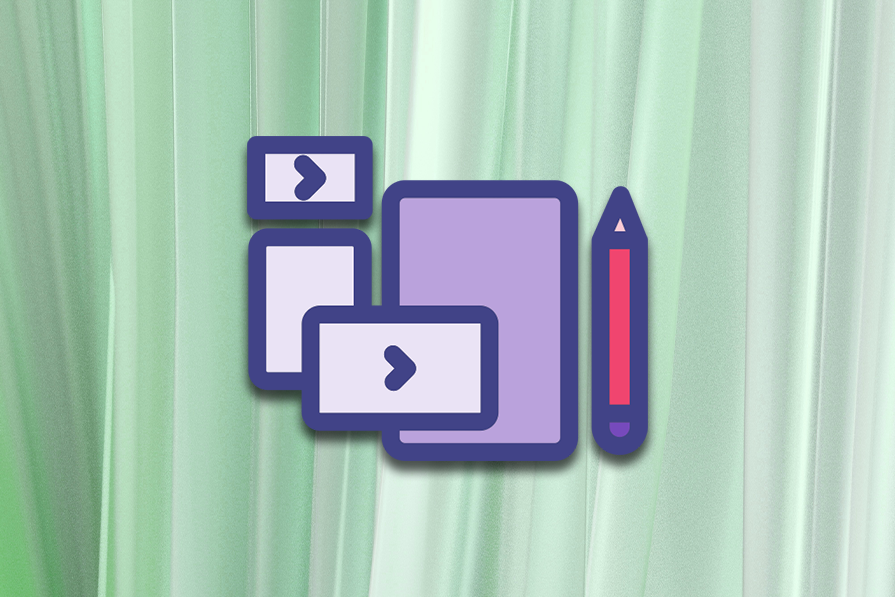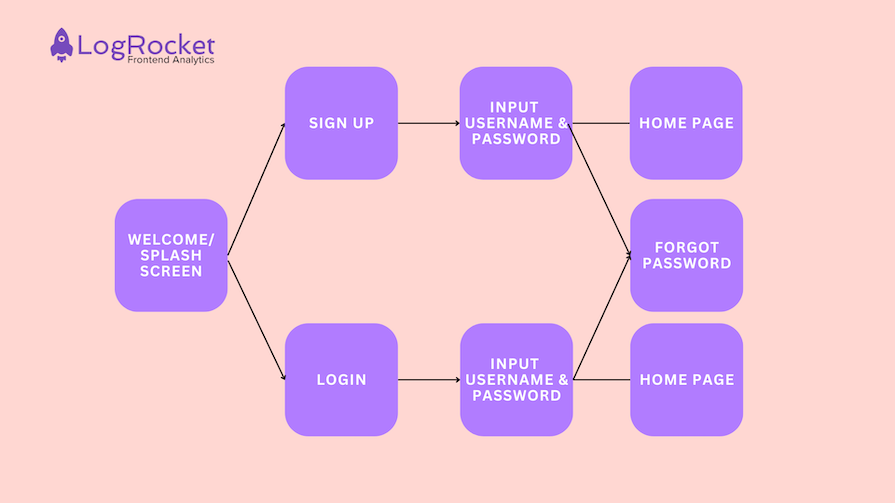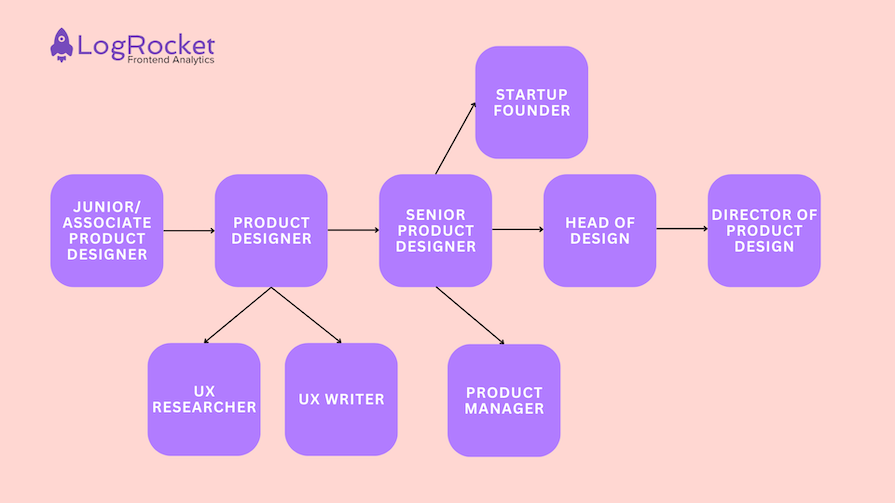Have you ever used an app so intuitive it felt like it could read your mind and knew exactly how to help you achieve your goal? Or have you visited a website that was so visually appealing you couldn’t look away? Behind these seamless experiences lies the work of a product designer.

Product designers are creatives who bridge the gap between user needs, business goals, and technological possibilities. Their job is to translate complex ideas into user-friendly interfaces so that products are not just functional, but also enjoyable and easy to use.
Let’s take a deeper look at the role of a product designer, discussing everything from the essential skills you need to the diverse career paths you can take. If you’re an aspiring designer or simply curious, this article will equip you with the knowledge you need to navigate this field.
What is a product designer?
Think of a product designer as the architect of a user’s experience with a digital product. They typically work hand-in-hand with product managers and engineers to decide what a product will look like, how it will behave, and the steps a user will take to achieve their goals.
What do product designers do?
The scope of a product designer can be quite broad, but there are four main responsibilities of a product designer: user research, UI/UX design, prototyping, and collaborating on or facilitating design thinking. Let’s get into these responsibilities in more detail.
User research
Product designers need to understand user needs and pain points to design effective, enjoyable products. You can do user research through methods like interviews, surveys, and usability testing. The goal is to scope out:
- The needs of their target user needs
- How their target users behave
- How their target users are currently solving their problems
- Issues or limitations in existing solutions
User research allows product designers to see from the user’s perspective and figure out how to address user needs in a way that aligns with their behaviors and improves on what’s already out there.
UI/UX design
When thinking about product design, it’s important to consider how to make user interactions with the product smooth, intuitive, and enjoyable. That’s where UI and UX design come into play.
Part of a product designer’s responsibilities are to design the user interface (UI), i.e. the visual elements users interact with, as well as the user experience (UX), which refers to the overall flow and feel of using the product.
Here’s an example of how you might think about a product’s UX design using a user flow diagram:

Prototyping
Prototyping involves creating interactive mockups and using them to test and refine design ideas before full development. This allows businesses to validate a product designer’s ideas and rapidly iterate on solution concepts before committing to expensive development efforts.
Collaborating on and facilitating design thinking
Product designers work closely with developers, engineers, product managers, user researchers, data analysts, and other stakeholders to bring their designs to life. They act as facilitators during design thinking sessions, guiding their cross-functional teammates through brainstorming exercises, user research analysis, and solution development.
Taking this collaborative approach helps you consider all perspectives during the product design process, leading to well-rounded product solutions that meet both user needs and business goals within technical possibilities and constraints.
How product designers can specialize
Product design is a broad field. However, you can choose to specialize in a number of ways, including:
- UX designer — Makes sure the product is easy and enjoyable to use. In an ideal user experience, the user should be able to achieve their goal in the fastest way possible, and there should be provisions in place to solve issues that may arise in edge cases
- UI designer — Focuses on the visual design of the product, creating aesthetically pleasing and user-friendly interfaces
- Interaction designer — Creates the interactive elements of a product, focusing on how users navigate and interact with the interface
- Visual designer — Specializes in the overall visual style and branding of a product, ensuring consistency and user recognition
- Design researcher — Conducts in-depth user research to inform design decisions, focusing on understanding user needs, behaviors, and pain points
- Product design accessibility specialist — Ensures digital products are usable by everyone, regardless of ability, by following accessibility guidelines and best practices
It’s also important to keep product management concepts in mind throughout the product design process. For example, UX, UI, interaction, and visual designers need to make design decisions that are in line with business goals, while design researchers and accessibility specialists should deeply understand market needs.
Essential skills for product designers
What skills do you need to be a product designer? Through practice and experience, you’ll need to develop a combination of hard skills and soft skills.
Hard skills could include:
- Proficiency with UX research methods
- Proficiency with UI/UX design tools such as Figma or Sketch
- Prototyping tools like Framer, InVision
- Knowledge of design principles (usability, accessibility, heuristics).
While soft skills encompass:
- Clear communication when presenting design ideas to stakeholders, explaining design decisions to developers, or reviewing writing UI copy with copywriters
- Collaborating with engineers, user researchers, product managers, and other designers to bring a product to life
- Empathy when conducting user interviews, understanding user pain points, advocating for the user and designing solutions that address user needs
- Problem-solving when encountering usability issues during prototyping, identifying the root cause of a design challenge, and developing creative solutions
- Critical thinking to better evaluate design solutions, analyze user research data, and make informed decisions based on evidence
Is product design right for you?
Product design can be a highly rewarding field, but it’s not for everyone. Before you take the leap, you should consider if your personality and interests align with the role. Let’s look at some of the traits that help a great product designer thrive:
- Curiosity — Are you constantly asking “why” and eager to understand how things work? A good product designer is driven by a desire to learn and explore user behavior
- Empathy — Can you put yourself in someone else’s shoes? User empathy is crucial for understanding user needs and designing solutions that resonate with them
- Passion for solving problems — Do you thrive on tackling confusing or outright difficult challenges and finding creative solutions? Product designers are constantly working to improve experiences and overcome design hurdles
- Detail-oriented — Do you have a keen eye for detail, ensuring that everything is pixel perfect? This is essential for creating seamless user experiences
Take this self-assessment exercise to see if product design aligns with your interests:
- Do you enjoy using digital products and analyzing their design?
- Are you someone who likes to sketch, brainstorm, and come up with creative ways to tackle challenges?
- Do you find working collaboratively with others to be stimulating and rewarding?
- Would you describe yourself as detail-oriented and organized?
- Are you constantly seeking ways to improve things around you?
If you answered yes to most of these questions, then product design might be a perfect fit for your personality! The good news is, even if you don’t have a design background, there are plenty of learning resources and alternative paths to becoming a product designer.
What qualifications do you need to be a product designer?
There are two main paths to break into product design:
- The traditional path involves studying for a formal design degree and building a design portfolio. John Ive, former Chief Design Officer at Apple has a bachelor’s degree in Art and Design. Well-known designer Femke van Schoonhoven has a bachelor’s degree in Commerce, majoring in Marketing & Media, and obtained a post-graduate diploma in Design
- Alternative paths involve taking bootcamps, online courses and self-directed learning. You can become a product designer without a design degree — just focus on improving your skills and building a strong portfolio
Here are some programs you can explore if you’re taking an alternative path to a career in product design:
Why become a product designer?
Product design is a special role that offers a unique blend of creativity, problem-solving, and impact. It’s a career path that allows you to:
- Make a positive impact — The products you design have the power to improve people’s lives. For example, if you were working on streamlining a complex workflow or creating an engaging learning platform, your work can make a real difference
- Solve complex problems — Product design is a constant intellectual challenge. You’ll get to tackle intricate user needs, make tradeoffs while navigating technical constraints, and develop innovative solutions, allowing you to exercise both the creative and analytical parts of your brain
- Shape the future of technology — The technological possibilities are endless, as evidenced by the rapid boom in AI tools and use cases. Product designers are at the forefront of this change. You’ll have the opportunity to contribute to creating and adopting cutting-edge technologies that influence how we interact with the digital world
- Earn a lucrative salary — Product design can be professionally, intellectually, and socially rewarding, but it’s also a financially rewarding career choice. The increasing demand for skilled designers has led to competitive salaries, and as you gain experience and expertise, you can grow into leadership positions and further elevate your earning potential
Product designer career path
Product design offers a variety of career paths to explore. You may even have the chance to encounter related or “diagonal” careers throughout your journey, allowing you to develop your specific interests and skills:

Let’s go over what your traditional professional career path may look like in more detail.
Early career
At the start of your career, you’ll focus on gaining experience through assisting senior designers, contributing to various projects, and honing your design skills. You might start out as a Product Design Intern; otherwise, you’ll likely be a Junior or Associate Product Designer.
Then, as a Product Designer with a strong design portfolio and refined skills, you’ll take ownership of projects, leading user research, designing interfaces, and collaborating with cross-functional teams.
Mid-career
As you progress in your career to the role of a Senior Product Designer, you’ll mentor junior designers, provide design direction, and ensure design consistency across projects.
This is a good place in your career to hone your understanding of how product design fits into the larger picture. Think about product strategy and business goals to set yourself up to become a leader in the field.
Senior leadership
As a design leader, you could be a Product Design Lead or Head of Design. In these senior leadership roles you’ll set the design vision, manage resources, and ensure alignment with business goals.
At the executive level, your title will likely be Director of Product Design or VP of Design. You’ll oversee the entire design strategy, fostering innovation and advocating for user-centric design across the organization.
Diagonal careers
Your product design expertise can also open doors to other fulfilling career specializations, such as:
- Product management — Transitioning to product management leverages your user empathy and design thinking skills to focus on the broader product strategy and roadmap
- UX writing — Your understanding of user experience can be valuable in crafting clear, concise, and user-friendly content within digital products
Consider what you’re best at as well as what you most enjoy doing to further refine your career path.
Product designer vs. product manager
You may have noticed that product design overlaps with both UX/UI design as well as product management. Given their similar names, the roles of product designer and product manager are often confused. While both roles are crucial for product success, there are key differences in:
- Areas of focus — Product designers focus on the user experience, crafting intuitive interfaces and interactions. Product managers focus on the overall product strategy, considering market needs, business goals, and technical feasibility.
- Required skills — Product designers excel in visual design, user research, and prototyping. Product managers will also do user research and discovery, but will require strong analytical skills, business acumen, some data analysis skills, and both technical proficiency and project management expertise
Can you transition from product designer to product manager?
Yes, definitely. The skills developed in product design can provide a strong foundation for transitioning to product management.
However, you will take on additional responsibilities that bridge the gap, like market analysis or competitive analysis, and this can demonstrate your well-roundedness. As you gain more experience, you can also earn certifications in product management to further strengthen your expertise.
So, you want to be a product designer?
If you’re passionate about creating intuitive solutions, tackling challenges head-on, and leaving your mark on the digital world, then product design might be the perfect career path for you. However, we’ve seen that becoming a product designer isn’t just about mastering the design tools.
You’ll need to cultivate a curious mind that constantly asks “why” and a relentless drive to understand user needs. You’ll learn to embrace challenges as opportunities to innovate and solve complex problems. You’ll constantly advocate for your users, putting yourself in their shoes to design experiences that feel effortless and intuitive.
The good news is that there are resources and opportunities galore. You can start by exploring online courses, attending design workshops, or even building a personal design portfolio to showcase your skills.